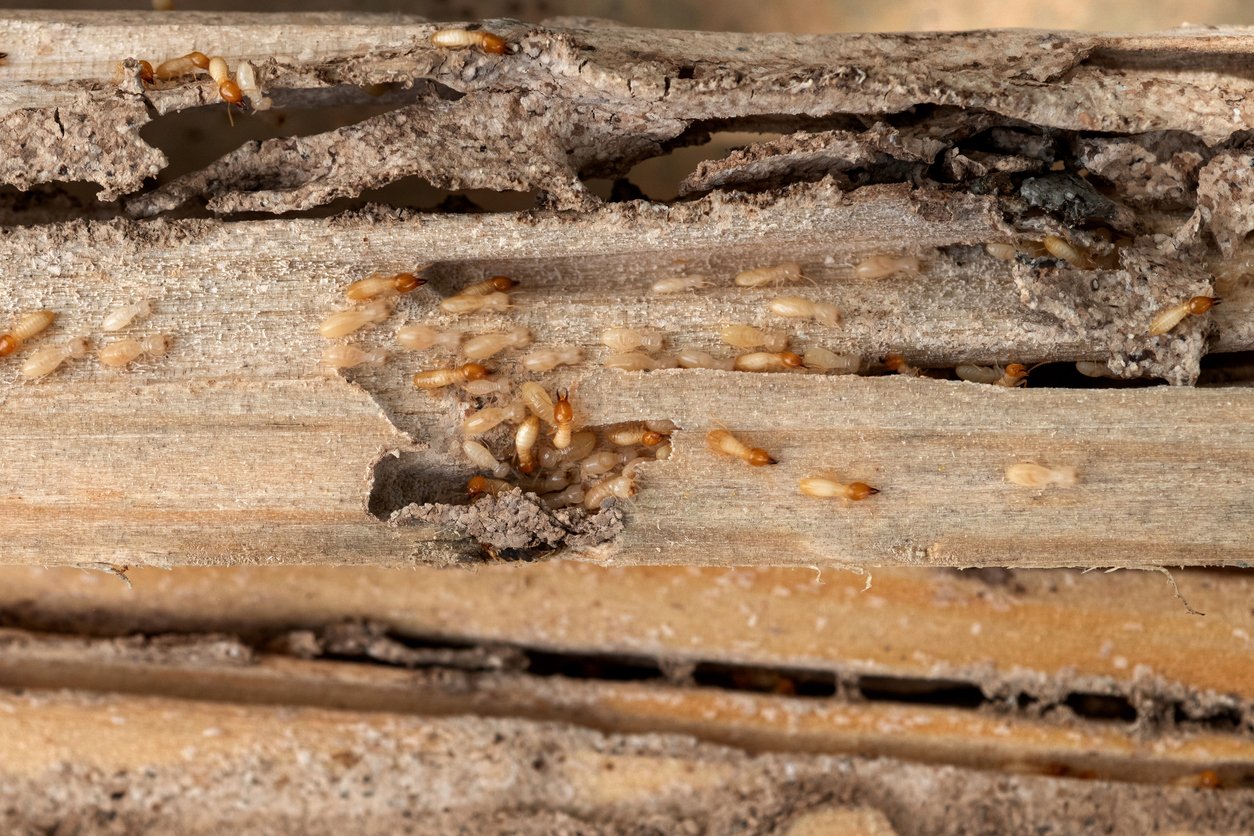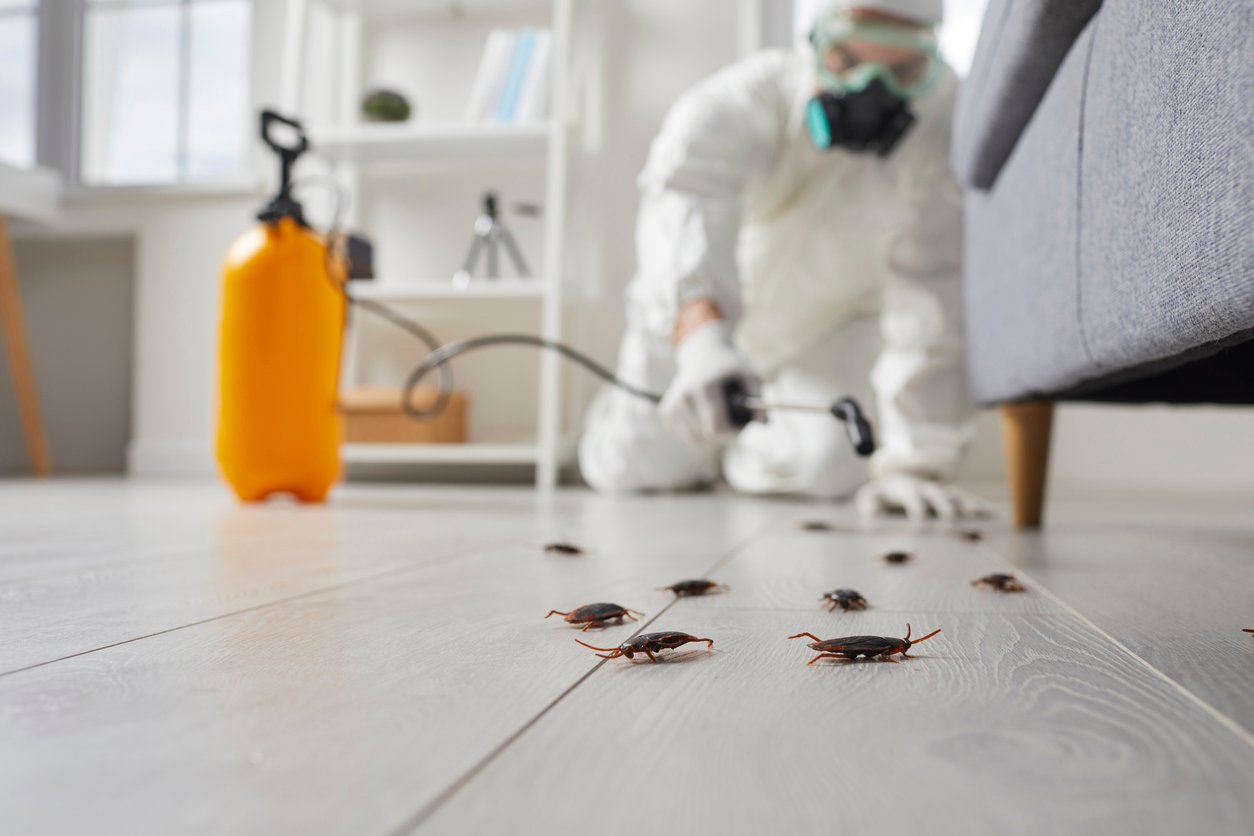How To Find And Seal Mouse Entry Points

To find and seal mouse entry points, first grab a flashlight and our checklist below, and then be prepared for a trip to your local home improvement store to gather the supplies you’ll need to repair any openings you discover. Evicting mice is no easy task. Their small bodies can squeeze through spaces as small as ¼ of an inch. If a mouse can fit its head into a hole, it can squeeze its whole body through, and gaps and holes of that size are often overlooked as we go about our daily routine.
Mice can wreak havoc on the structure of your home through chewing, nesting, and bringing in bacteria and pathogens. Prevent these rodents from getting inside by blocking off their entry for good.

The Mice in your midst
Mice grow to be only a few inches in length and weigh just a few ounces at full maturity with small bodies and large ears compared to their head size. These small creatures are capable of big problems, however. Many homeowners suspect they’ve got mice as unwelcome houseguests when hearing rustling and scratching in the walls, seeing small pointed droppings scattered around, and noticing small teeth marks on walls, cords, and other furniture.
Mice’s chewing creates more than just an eyesore—chewing on wires or pipes can be a serious safety hazard. Mice also carry a variety of illness and disease. When mice are indoors rummaging through (and possibly contaminating) your food, they threaten the health and wellbeing of you and your family.
How to find Mouse entry points
To locate potential entry points for mice, inspect the following areas:
- Kitchen: Check around and beneath cabinets, refrigerators, and stoves.
- Closets: Pay attention to corners near the floor.
- Doors: Look for any gaps under or around doors.
- Crawl spaces: Ensure these areas are sealed off.
- Attics: Inspect for any cracks or holes.
- Vents: Examine floor and dryer vents for openings.
- Laundry rooms: Check floor drains for gaps.
- Fireplaces: Look for gaps in and around the fireplace structure.
Discovering potential mouse entry points is vital to preventing full-blown rodent infestations. Begin your investigation with a flashlight and the checklist below. Take time to look both low and high, looking at areas in the home such as kitchen cabinets, baseboards, air vents, and near appliances. Also, check outside the home, looking for gaps in the foundation, around the garage, and near pipes, gas lines, or electrical wiring.

1. Inspect indoors
Whether the mice in your home spend their days in a well-hidden nest or not, they’re certainly emerging from it to grab a bite to eat now and then. Mice can fit their bodies through holes as small as a nickel, so take time to inspect the following spots, and any others you might suspect, for any open holes, gaps, or broken seals:
- Kitchen cabinets
- Baseboards
- Behind or around appliances
- Around doors and windows
- Near air vents
- Under pipes or near drains
- In the basements or crawl space

2. Head outdoors
Unless your home had mice when you moved in, these pests found their way inside sometime after you moved in. To find out how they’re getting inside, check out these spots:
- Gaps in the foundation
- Around pipes, gas lines, or electrical wiring
- Through the garage
- Under worn-out weather stripping
- Via the attic or roof
- Through vents and airways

3. Start sealing and making repairs
After discovering any holes and gaps, it’s time to start closing the gates. Small holes can be stuffed with steel wool to provide an abrasive, chew-proof barrier. Gaps or larger holes must be adequately sealed with caulking, repaired with concrete, or patched with metal sheeting or screens. Worn-out weather stripping can be replaced around doors and windows.
Moxie Office Expert Alfred Quinn has first-hand experience with this in his own home: “When we found mice in our detached garage, I took a can of spray foam and walked around the outside of the building, filling up all the cracks and crevices. I also installed a door sweep under the door to seal off that opening as well.”
Because water can be a scarce resource outdoors, mice could have been drawn inside by a leaking pipe, drips, or standing water. If repairing pipes, cracked foundation, or other structural gaps is too big a task for a DIY venture, call in the pros at your local Moxie Pest Control branch.

4. Clean up the yeard
Piles of leaves, unkempt bushes, food stored in the garage, and pet water left out can all provide shelter, food, and water for a mouse. While sealing up mouse points of entry, take some time to clean up or eliminate the things baiting them to enter in the first place. Make sure your trash can has a tight-fitting lid, clean out gutters and piles of debris, and store food in airtight containers to keep pesky rodents out.

5. Use traps to find hotspots
If signs of mice are still appearing, these invaders may be making their way in through an overlooked or less-obvious entry point. To try to deduce the entry point, you can place mouse traps around the walls and perimeter of your home. Check the traps frequently, and if more than a few mice are caught in one area, there may be a well-trafficked entry point nearby. Take a second look around and seal up any gaps quickly after discovery. While ultrasonic pest repellers are often touted for effective rodent control, these devices ultimately won’t solve chronic pest problems.
Mice are pesky home intruders whose presence can be bothersome and destructive. To spare the trouble of taking it on yourself, give our pest control professionals a call. Our team is trained to locate and seal potential points of entry and can take it a step further by providing support in controlling existing or future rodent infestations. Contact us today to discuss any concerns about mice, inside and outside of your home. We’re here to help protect and secure all parts of your home from pests of any kind.



